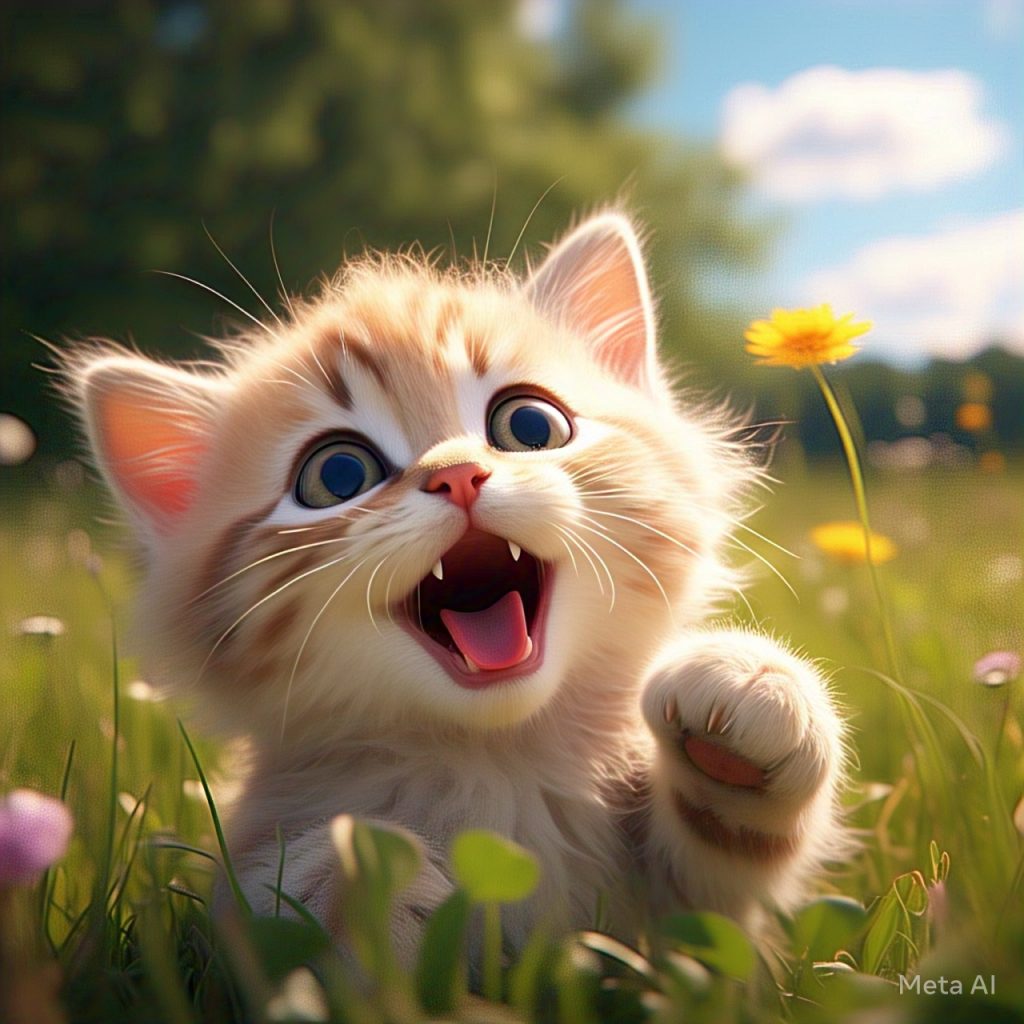When raising a kitten, you may notice signs of discomfort, such as excessive chewing, drooling, or swollen red gums. These are common indicators of teething, a natural process where a kitten’s baby teeth fall out to make way for their permanent adult teeth. But when do kittens get adult teeth, and when do cats’ permanent teeth come in? This article provides an in-depth breakdown of kitten teething, red gums, and what pet owners can do to support their feline friend during this crucial developmental stage.
Understanding Kitten Teething and Red Gums
Teething is an essential part of a kitten’s growth, similar to human babies. During this period, the gums can appear swollen and inflamed, which often causes kittens to chew on various objects to alleviate discomfort.
Why Do Kittens Have Red Gums?
Kittens may develop red gums due to:
-
Teething Discomfort – As their baby teeth fall out and adult teeth emerge, gums become irritated and inflamed.
-
Gingivitis – Some kittens may develop mild gingivitis due to plaque buildup or gum sensitivity.
-
Infections or Dental Issues – While less common, severe redness or bleeding may indicate an underlying dental infection.
Kitten Teething Timeline: When Do Kittens Get Adult Teeth?
Kittens undergo two primary teething stages:
1. Baby Teeth (Deciduous Teeth) – 2 to 6 Weeks
-
Kittens are born without teeth.
-
By two to four weeks of age, their baby teeth (deciduous teeth) start to emerge.
-
A full set of 26 baby teeth should be present by six weeks old.
2. Adult Teeth – 3 to 6 Months
-
The teething process continues as baby teeth begin to fall out.
-
When do kittens get adult teeth? Permanent teeth start replacing baby teeth around three to four months old.
-
By six months of age, a kitten should have all 30 of its permanent teeth fully developed.
When Do Cats’ Permanent Teeth Come In?
-
The transition from baby teeth to adult teeth occurs between 12 to 24 weeks of age.
-
By six months, all permanent teeth—including canines, premolars, and molars—should be in place.
Signs of Teething in Kittens
During the teething phase, kittens may show the following symptoms:
✔ Increased Chewing – They may gnaw on furniture, toys, or even your fingers.
✔ Drooling – Some kittens drool more than usual due to gum irritation.
✔ Red, Swollen Gums – Mild redness is normal, but excessive inflammation could indicate issues.
✔ Decreased Appetite – Some kittens may eat less due to gum sensitivity.
✔ Occasional Bleeding – You may see small traces of blood on chew toys or food.
While teething is a natural process, monitoring your kitten for excessive discomfort or signs of infection is essential.
How to Help a Teething Kitten
You can support your kitten through the teething phase by providing:
✅ Soft and Chewable Toys
-
Rubber chew toys or soft fabric toys help relieve gum pain.
✅ Cold Compress or Frozen Treats
-
Chilled washcloths or frozen cat-safe treats can numb soreness.
✅ Proper Dental Hygiene
-
Start brushing your kitten’s teeth early with pet-safe toothpaste to prevent dental disease.
✅ Wet Food or Soft Kibble
-
If hard kibble is difficult to eat, temporarily switch to wet food or softened dry food.
✅ Regular Vet Checkups
-
Ensure proper dental development and address any concerns about red gums or abnormal teething patterns.
When to Be Concerned About Red Gums in Kittens
While mild redness and inflammation are typical during teething, the following signs warrant a vet visit:
❌ Persistent bleeding gums
❌ Excessive drooling or bad breath
❌ Difficulty eating or refusal to eat
❌ Pus or visible sores in the mouth
Severe redness, ulcers, or chronic gum inflammation could indicate conditions like stomatitis, gingivitis, or infections requiring veterinary care.
Final Thoughts
Kitten teething is a natural process that occurs as their baby teeth fall out to make way for permanent teeth. If you’re wondering when do kittens get adult teeth, the transition happens between three to six months of age. Similarly, for those asking when do cats’ permanent teeth come in, the full set of 30 adult teeth should be present by six months.
While teething can cause mild gum redness and discomfort, providing the right toys, diet, and dental care ensures a smooth transition. If your kitten shows signs of excessive pain, bleeding, or infection, consult a veterinarian for proper guidance.
By understanding and supporting your kitten’s teething journey, you can help them develop strong, healthy teeth for a lifetime of happy purring and playful biting!
Frequently Asked Questions (FAQs)
1. How long does teething last in kittens?
-
Teething typically lasts from 3 to 6 months of age, with the most intense period between 3 to 5 months.
2. Should I brush my kitten’s teeth during teething?
-
Yes! Starting early helps them get accustomed to dental care and prevents plaque buildup.
3. What if my kitten’s baby teeth don’t fall out?
-
Retained baby teeth can cause misalignment or dental issues. A vet may need to remove them.
4. Is it normal for a teething kitten to have bad breath?
-
Mild odor is normal, but foul-smelling breath could indicate infection or gum disease.
5. What are the best chew toys for teething kittens?
-
Soft rubber or fabric toys, frozen wet washcloths, and dental chews are ideal.
By staying informed and proactive, you can ensure your kitten transitions through teething smoothly and comfortably! 🐾

